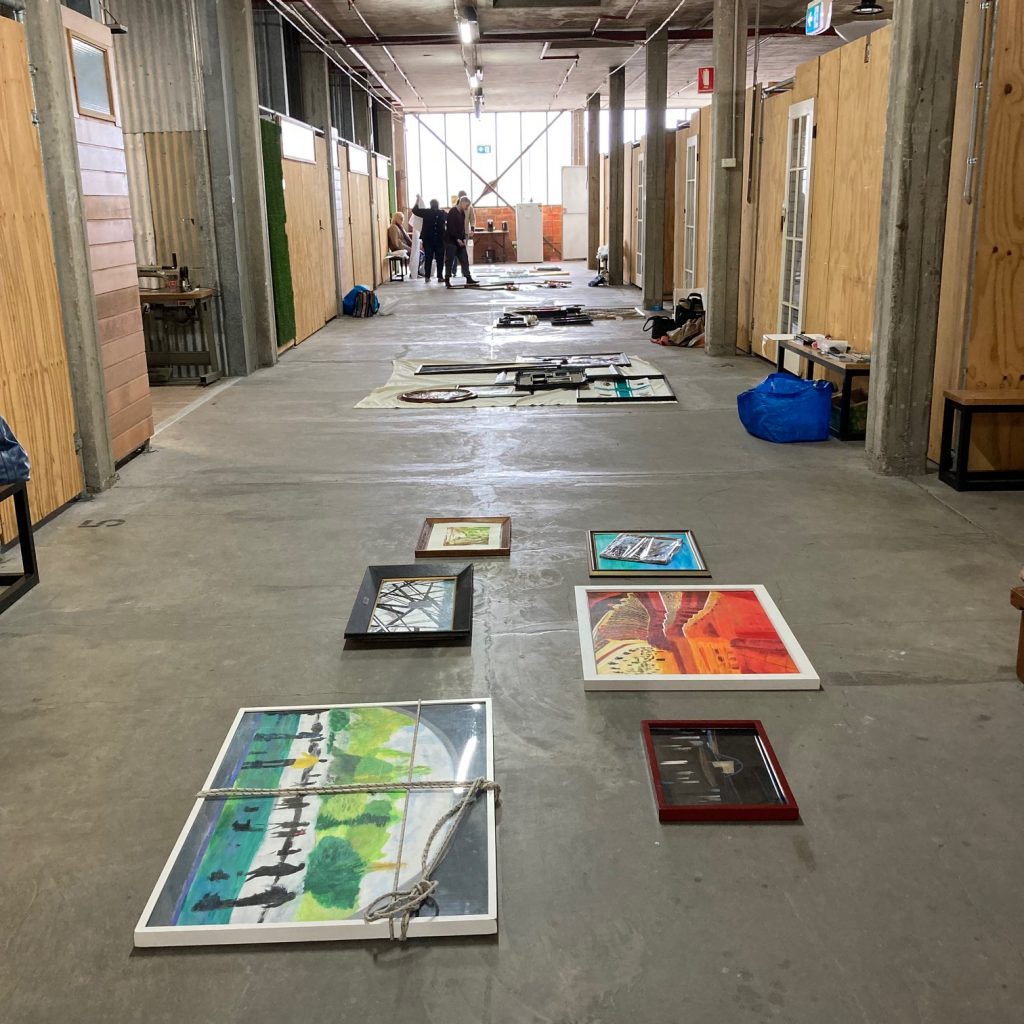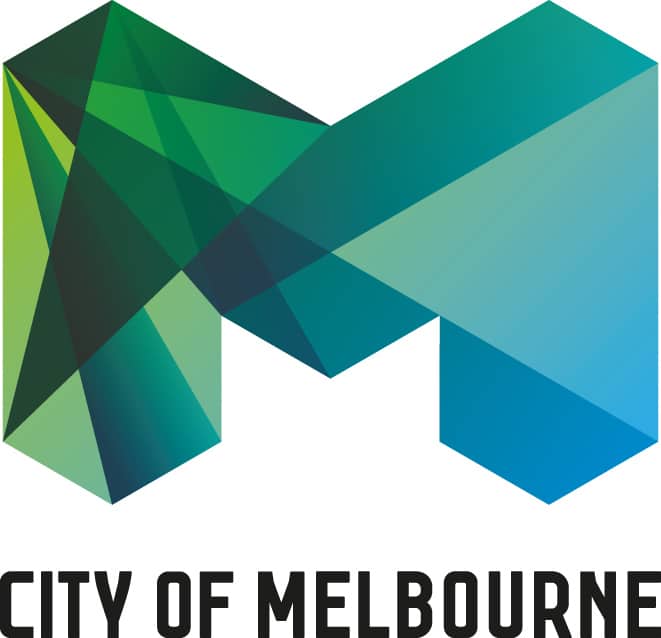Participating in Planning for Melbourne: Our Creative Heart
Nancy Lane describes the process
In our initial planning meetings for the exhibition Melbourne: Our Creative Heart, our Creativity Cluster group made several decisions.
Firstly, we agreed to create three centre pieces, five clusters of framed works on the walls and the river as a connecting link. Next we agreed on using the motifs of domes and arches, mirrors and silhouettes. We then had to convert these ideas into reality.
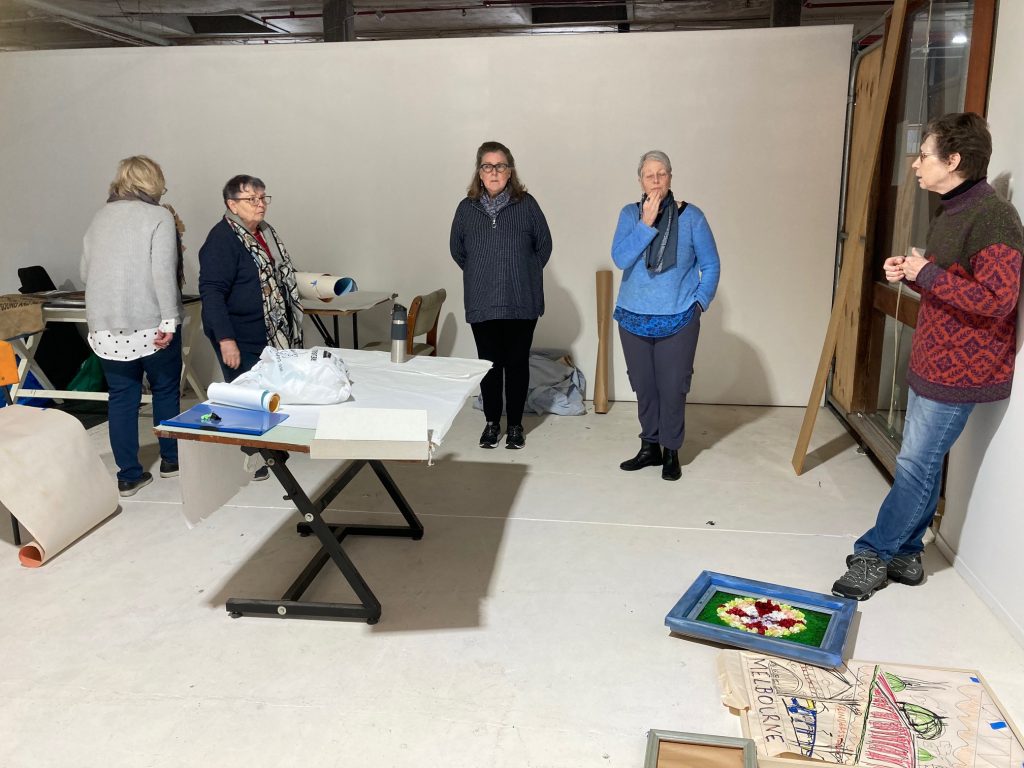
In the frame
At our meeting in March, we each shared what it was about Melbourne that inspired us. We also discussed the images we’d most like to include among our works. Finally, we sought other group members to work with, in order to create the types of works we envisioned.
We brought with us to the meeting a wide range of secondhand frames. Many of the larger ones were donated by Nic Pitman of Frame Harbour.
We each selected the frames that we wanted to include in our cluster and thought about the images we would create in each.
However, we already knew we had too many ideas, and that some were unlikely to make the cut.


Experimenting in pairs
We also knew we wanted to experiment with each other, combining mediums to see what happened. We did this for three of the five clusters and two of the three centre pieces.
Nancy D Lane experimented with Pat Duncan on several small works, combining oil paint and found object assemblage (read Nancy’s blog). One of their joint larger works was integrated into Nancy’s cluster.
Other collaborations which were incorporated into Nancy’s cluster were with Mardie Whitla (ceramics with assemblage – see Nancy’s blog with Mardie), Deidre Ogilvie (acrylic with assemblage – see Deidre’s blog with Nancy, and Nancy’s blog with Deidre), and Penny Sharples (oil and cold wax with assemblage).
With respect to the clusters, Lindsay Hussey and Penny Sharples started working early on as a pair. They combined textiles with oil and cold wax, among other materials, to create a unified cluster (see Lindsay’s blog).
Deidre Ogilvie worked jointly by painting one of her images on fabric. This enabled Lindsay Hussey to subsequently undertake textile collage and stitching.
For the centre pieces, Mardie Whitla worked with Deidre Ogilvie (ceramics and papier mache) to create Botanical Splendiferous (see Mardie and Deidre’s blog). Luna Cameron-Parrish chose to decorate a chair, and Lindsay Hussey designed the cushion.


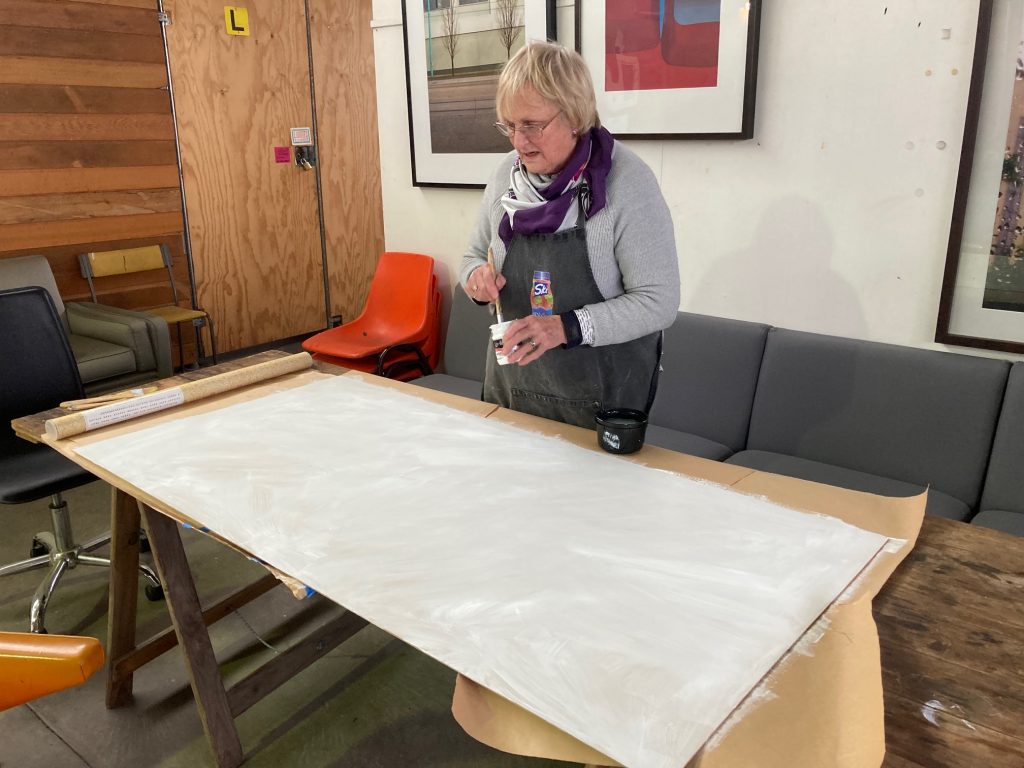
Down to the nitty gritty of what needed to go where
After several weeks of experimenting and creating, both individually and jointly, we knew we needed to see how it was all coming together and how the clusters related to each other.
At our subsequent meeting, we had another laying out of frames to take approximate measurements.
This was followed by a meeting at the Library at the Dock where we looked again at the gallery in detail.
In September we met again to lay out our frames with the images close to finished. We decided in which order the clusters would be hung along the two exhibition walls at the Library at the Dock gallery.

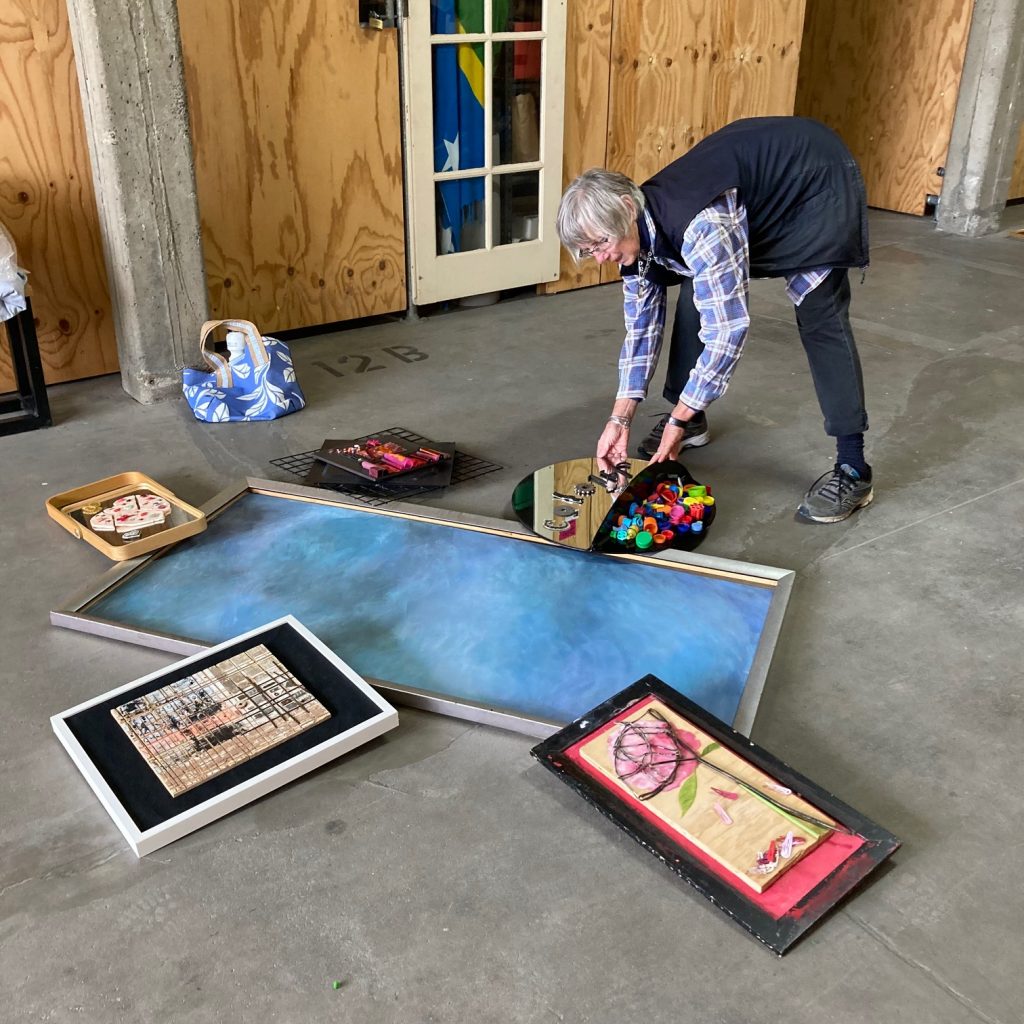
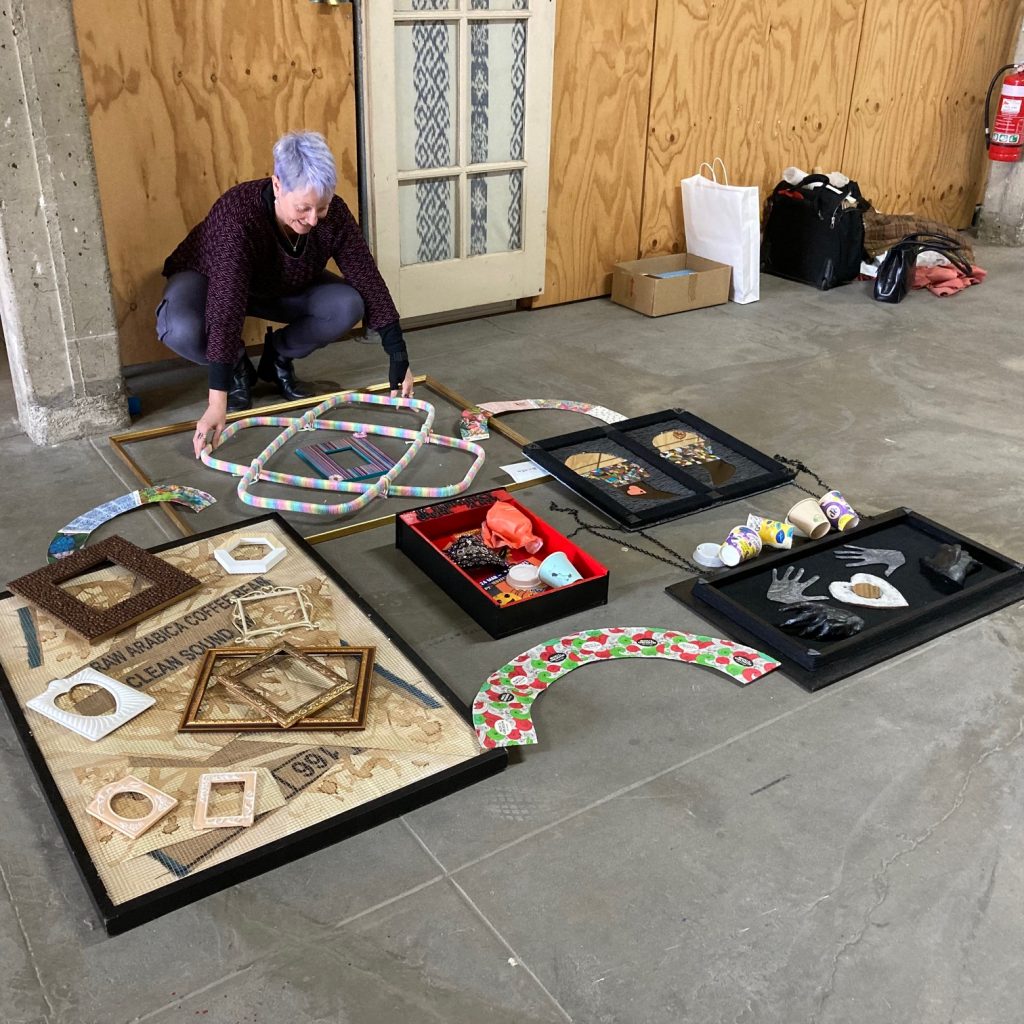


How best to portray a river
Portraying the Yarra as an abstract yet identifiable concept was difficult. We discussed using photographs, painted and cut paper, strips of knotted coloured fabric, painting on fabric and gauzy dyed fabric.
Deidre created a cardboard diorama to suggest the flow of the river along the two walls.
Pat and Lindsay agreed to do more experimenting to see what type of fabric that would hang loosely as if flowing.
They also experimented with dyes, to find which colours best suggested the actual colours of the Yarra – more of a muddy green than a bright blue.
At our September meeting, as well as laying out our artwork clusters, we decided how best the ‘river’ would flow amongst them.
Our final group meeting in October was a dyeing party, where we all had a free-flowing and creative time dyeing 14 metres of cloth (see blog by Lindsay Hussey and Pat Duncan). This was later torn in half length-ways to simulate the Yarra River.

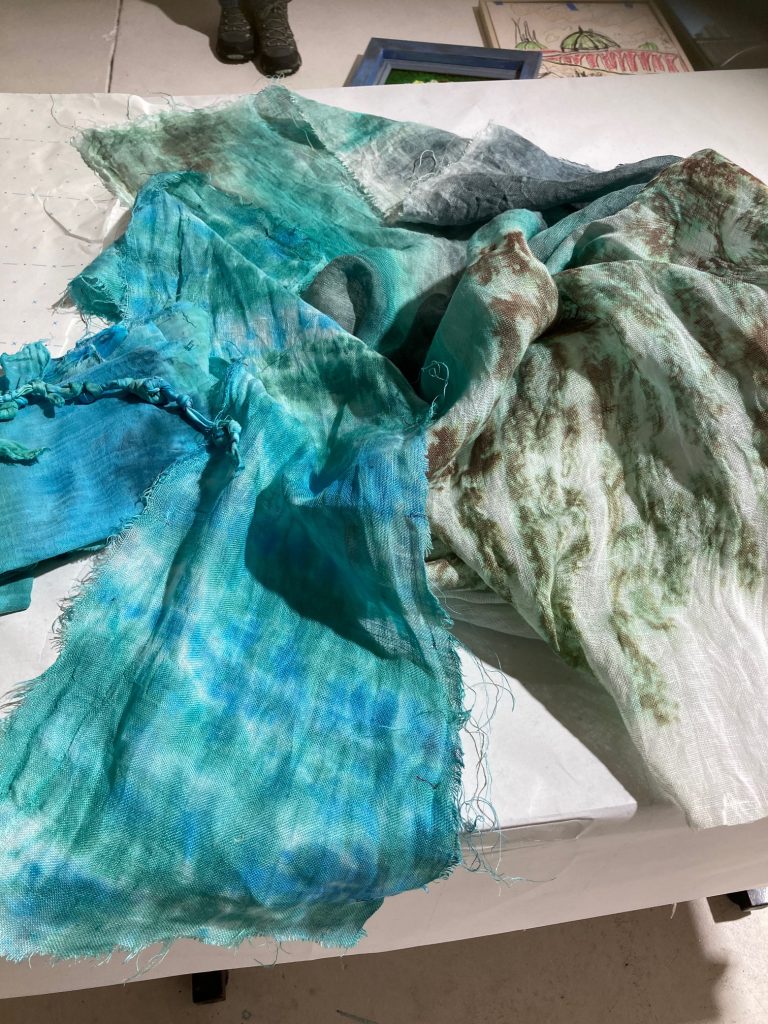
A great learning experience, thanks to the City of Melbourne
This project has been exciting in the way it has evolved. It has enabled us to work experimentally in various pairs, sharing information about our mediums, practices and styles with each other.
Not all has gone smoothly. This was not unexpected, given that it was an artistic venture more ambitious than most of us had undertaken before.
Nonetheless, all of us are extremely appreciative of the opportunity that the City of Melbourne Arts Grant has provided us. We have considered new and different ways of working, enabling us to continue to learn and grow as artists.
